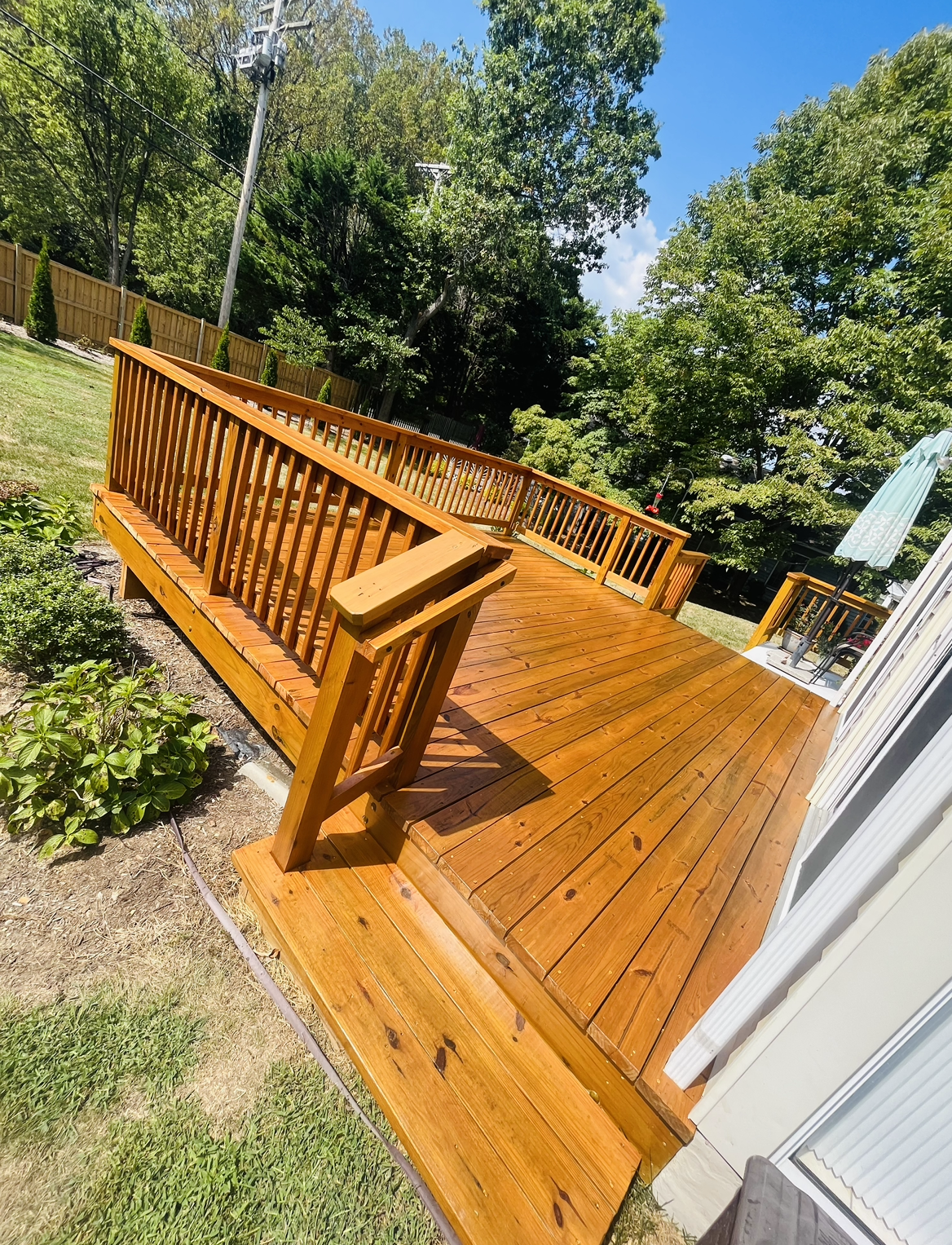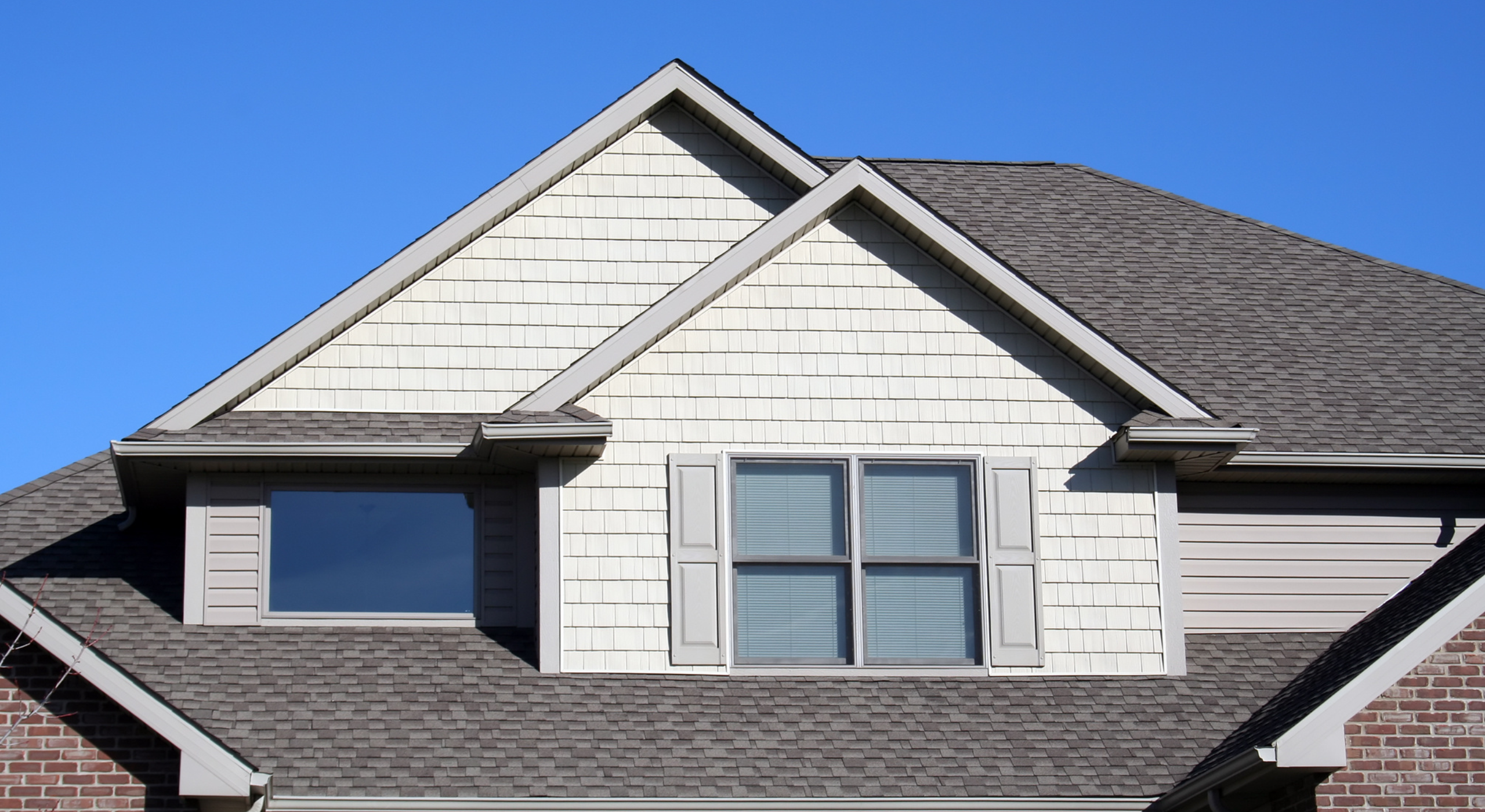Transform Your Home’s Exterior: Mastering Landscaping, Decks, Fences, and More
Your home’s exterior is more than just a facade—it’s an extension of your living space and a critical factor in curb appeal, property value, and daily enjoyment. Whether you’re nurturing a vibrant garden, maintaining a sturdy deck, or refreshing weathered fences, strategic care prevents costly repairs and maximizes longevity. Landscaping sets the stage for outdoor living, while decks and fences define boundaries and functionality. Neglecting these elements invites decay, safety hazards, and diminished aesthetics. This guide distills expert techniques across landscaping, carpentry, drywall, and surface renewal into actionable steps. Discover how routine power washing and precise painting not only revive surfaces but also shield them from environmental wear. Let’s turn your outdoor area into a resilient, inviting oasis.
Landscaping: Design Smart, Maintain Easier
Great landscaping starts with intentional design. Focus on zoning: allocate areas for relaxation, play, and native plantings to reduce water and upkeep. Opt for drought-tolerant perennials like lavender or sedum in sunny spots, and shade-loving hostas under trees. Incorporate hardscaping—such as gravel paths or stone borders—to minimize weeds and define spaces. For soil health, test pH annually and amend with compost. Mulch beds with 2–3 inches of organic material to retain moisture and suppress weeds. Seasonal pruning prevents overgrowth; trim shrubs in late winter and divide perennials every 3–5 years. Avoid planting trees near foundations or fences, as roots can cause structural damage.
Deck & Fence Longevity: Inspection and Repair Protocols
Wooden structures demand proactive care. Inspect decks and fences quarterly for:
- Rot and insect damage: Probe posts and joists with a screwdriver; soft wood requires replacement.
- Loose fasteners: Tighten screws and nails to prevent wobbling or splintering.
- Water drainage: Ensure slopes direct water away from the house.
For minor drywall repairs on adjoining structures (e.g., siding or outdoor kitchens), cut damaged sections into squares, secure new drywall with corrosion-resistant screws, and finish with moisture-resistant joint compound. Always sand smooth before painting. Replace warped or cracked fence boards immediately to maintain stability. Pre-treat new wood with borate solutions to deter termites and fungi.
Power Washing: Technique Matters
Power washing revitalizes surfaces but requires precision to avoid damage. Use these settings:
- Decks/Fences: 1,200–1,500 PSI with a 25-degree nozzle, holding the wand 12 inches away.
- Brick/Drywall: Limit to 800 PSI and a 40-degree nozzle to prevent etching.
Apply biodegradable cleaner first—like oxygen bleach for wood or pH-neutral soap for composite—and let it dwell for 10 minutes. Rinse from top to bottom in overlapping strokes. Never blast water upward into joints, which can force moisture behind surfaces. Dry for 48 hours before staining or painting.
Painting and Staining: Protection That Lasts
Quality finishes shield against UV rays, moisture, and wear. For decks and fences:
- Choose acrylic-latex stains for flexibility or oil-based paints for dense hardwoods.
- Prep by sanding rough areas (80-grit) and wiping away dust.
Apply products in optimal conditions: 50–85°F with low humidity. Use brushes for railings and sprayers for broad panels, maintaining a wet edge to prevent lap marks. Two thin coats outperform one thick coat. For drywall, prime patches with stain-blocking primer before color-matching exterior paint. Refresh coatings every 3–5 years for wood and 7–10 years for composites.
Conclusion: Invest Wisely, Enjoy Year-Round
Your home’s exterior thrives on consistent, informed care. Start with smart landscaping to reduce long-term labor, then prioritize structural checks for decks and fences. Power washing, when done correctly, resets surfaces for protective finishes, while high-quality paints and stains combat weathering. Commit to a biannual inspection—spring and fall—to catch issues early. For example, reseal deck boards before winter to prevent water intrusion, and trim back foliage in autumn to limit debris buildup. This holistic approach not only preserves your investment but transforms your property into a durable, welcoming retreat. Grab your tools, embrace the seasons, and build an outdoor space that endures.



